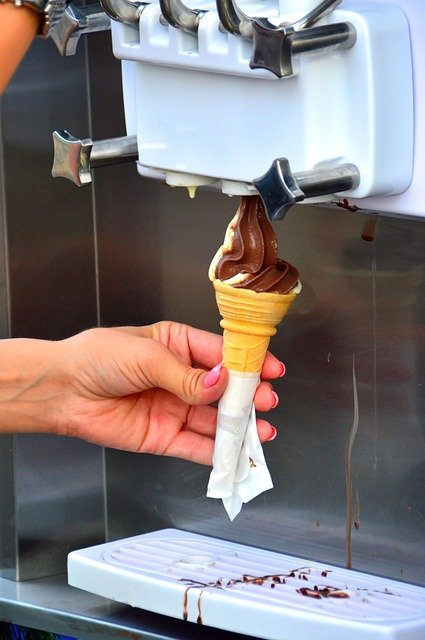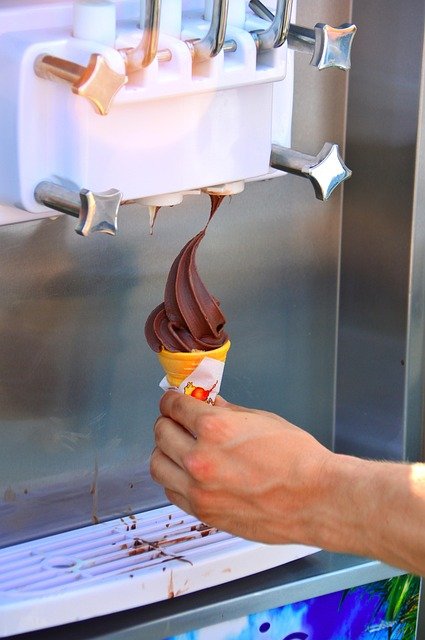Best Commercial Ice Makers for Restaurants: Key Tips
July 9, 2025 | by li, moniker

The Importance of a Reliable Restaurant Ice Maker
In the fast-paced world of food service, a dependable ice maker is an unsung hero. Whether it’s for cocktails, food preservation, or simply serving refreshing beverages, ice plays a crucial role in customer satisfaction and operational efficiency. A malfunctioning or inefficient ice maker can disrupt service, lead to waste, and even impact food safety. This article explores the key aspects of selecting, maintaining, and optimizing a Commercial Ice Maker for restaurants, ensuring smooth operations and high-quality service. From capacity considerations to energy efficiency, we’ll cover everything you need to know to make an informed decision.
Choosing the Right Ice Maker for Your Restaurant
Selecting the ideal ice maker depends on several factors, including the size of your establishment, peak demand, and the type of ice needed. For high-volume bars or large restaurants, a Commercial Ice Maker with a high production capacity is essential to keep up with demand. Different ice types—cubed, nugget, or flaked—serve different purposes; for example, nugget ice is ideal for blended drinks, while cubed ice works best for beverages. Additionally, energy efficiency should not be overlooked, as it impacts long-term operational costs. Investing in a unit with a good Energy Star rating can lead to significant savings over time.
Maintenance and Hygiene Best Practices
Regular maintenance is critical to prolonging the lifespan of your ice maker and ensuring food safety. Neglecting cleaning can lead to bacterial growth, affecting both taste and health standards. A proper maintenance routine includes sanitizing the machine, checking water filters, and inspecting for mineral buildup. Many modern Commercial Ice Makers come with self-cleaning features, but manual checks are still necessary. Additionally, training staff on proper handling and cleaning procedures can prevent contamination and mechanical issues. A well-maintained ice maker not only operates efficiently but also complies with health regulations, avoiding costly violations.
Energy Efficiency and Cost Savings
Running an ice maker continuously can significantly impact utility bills, making energy efficiency a top priority. Advanced models now feature programmable timers, improved insulation, and water-saving mechanisms to reduce waste. Upgrading to an energy-efficient unit may have a higher upfront cost but pays off in the long run through lower electricity and water consumption. Additionally, proper placement of the ice maker—away from heat sources—can improve performance and reduce energy usage. By prioritizing sustainability, restaurants can cut costs while minimizing their environmental footprint.
Conclusion: Investing in Quality for Long-Term Success
A restaurant’s ice maker is more than just a convenience—it’s a vital component of daily operations. Choosing the right model, maintaining it properly, and optimizing for energy efficiency ensures consistent performance and cost savings. Whether you run a small café or a bustling bar, investing in a high-quality Commercial Ice Maker will enhance customer experience and streamline service. By following best practices in selection and maintenance, restaurant owners can avoid downtime, comply with health standards, and improve overall efficiency. In the competitive food industry, a reliable ice maker is a small but crucial step toward long-term success.
RELATED POSTS
View all


